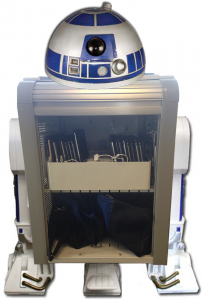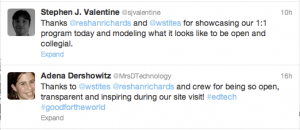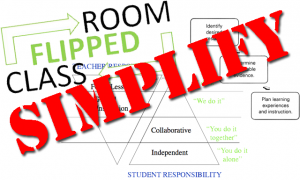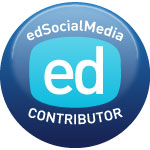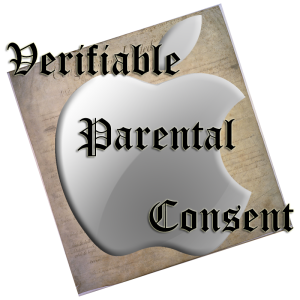 After much debate, discussion and begging by schools Apple has created a program that will allow student under the age of 13 to create Apple IDs.
After much debate, discussion and begging by schools Apple has created a program that will allow student under the age of 13 to create Apple IDs.
This announcement was made along with a number of other improvements to the MDM platform in their “IT in the Classroom” series.
In short schools will need to enroll in an Apple program that will allow them to easily collect verifiable parental consent so that a parent can set-up the account. Once the student turns 13 the account is then transitioned to a full account with all rights and privileges.
This focus on 13 is a direct result of COPPA and the restrictions it places upon parents, students and schools when trying to use service that do not meet the guidelines set forth by the act.
The act has always had the provision that if schools were able to provide parental notification and consent they could use these services, however the enrollment process would often not allow students to use the correct information, such as their birth date, and would require them to lie. By creating this program Apple has moved a way from what Danah Boyd (@zephoira) referred to as a “culture of lying” between parents and their children when wanting to use non-COPPA compliant web sites and services.
For complete information on this new program see the following:
- Apple IT in the Classroom – http://www.apple.com/education/it/
- Apple ID for Students – http://www.apple.com/education/it/appleid/
- Parent disclosure and consent – http://images.apple.com/privacy/parentaldisclosureconsent.pdf
- Apple ID for Students: Institution Guide – http://images.apple.com/education/docs/u13_institution_guide_en__Feb14.pdf



